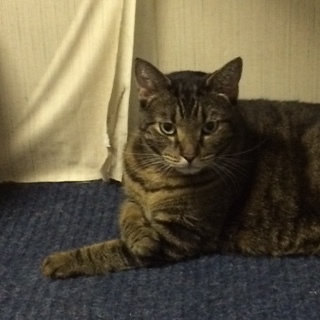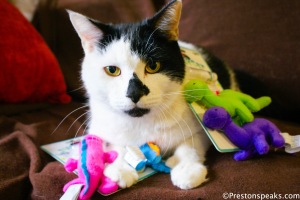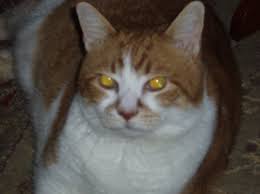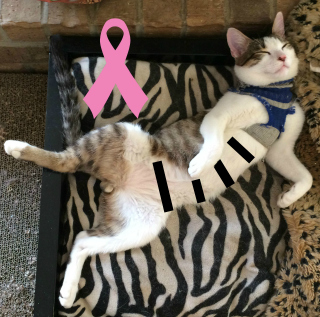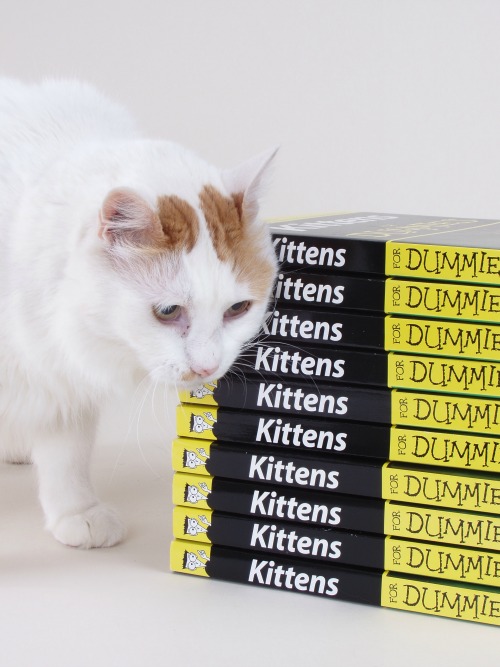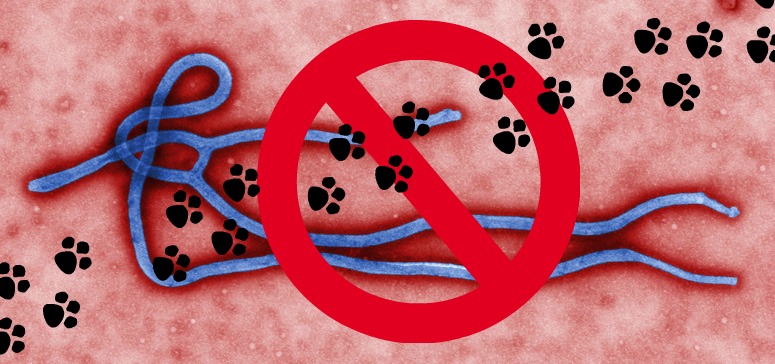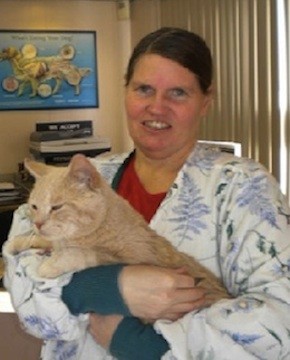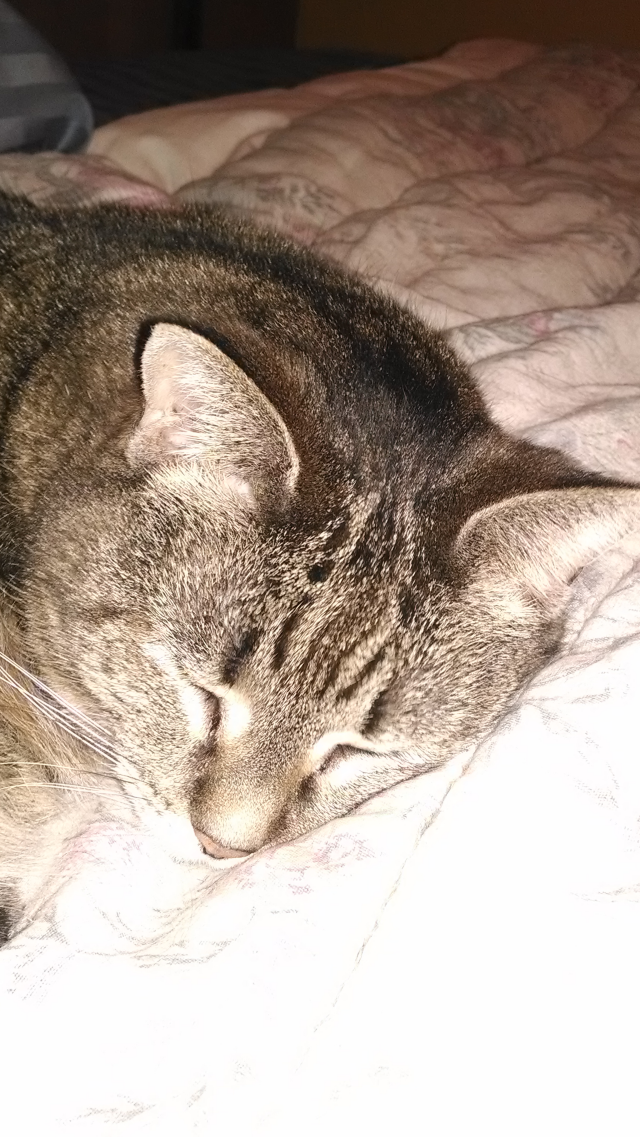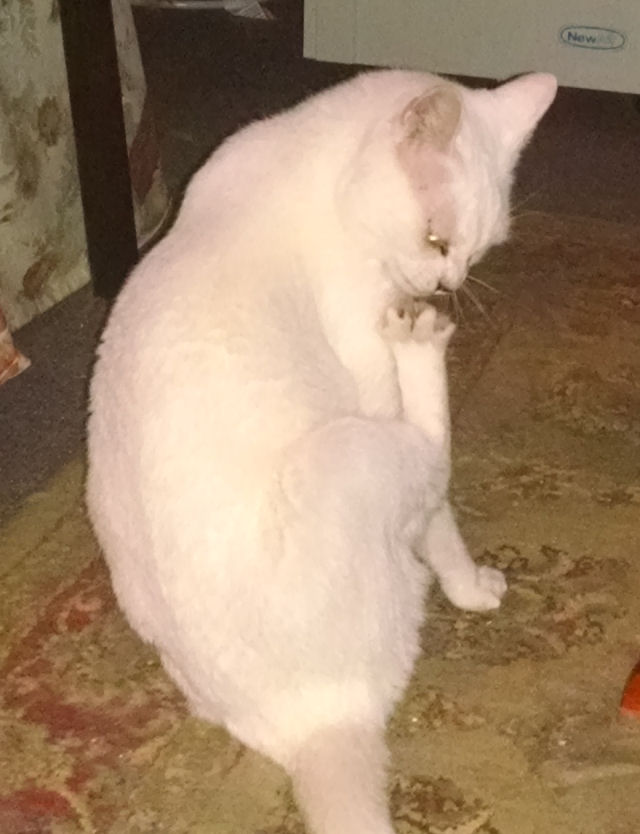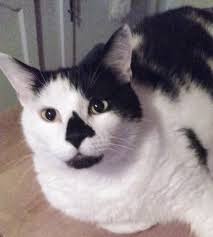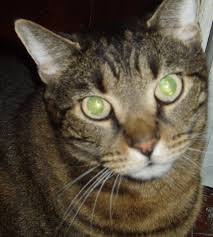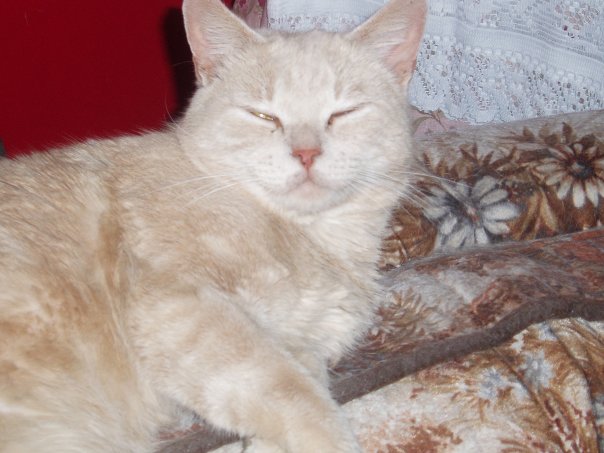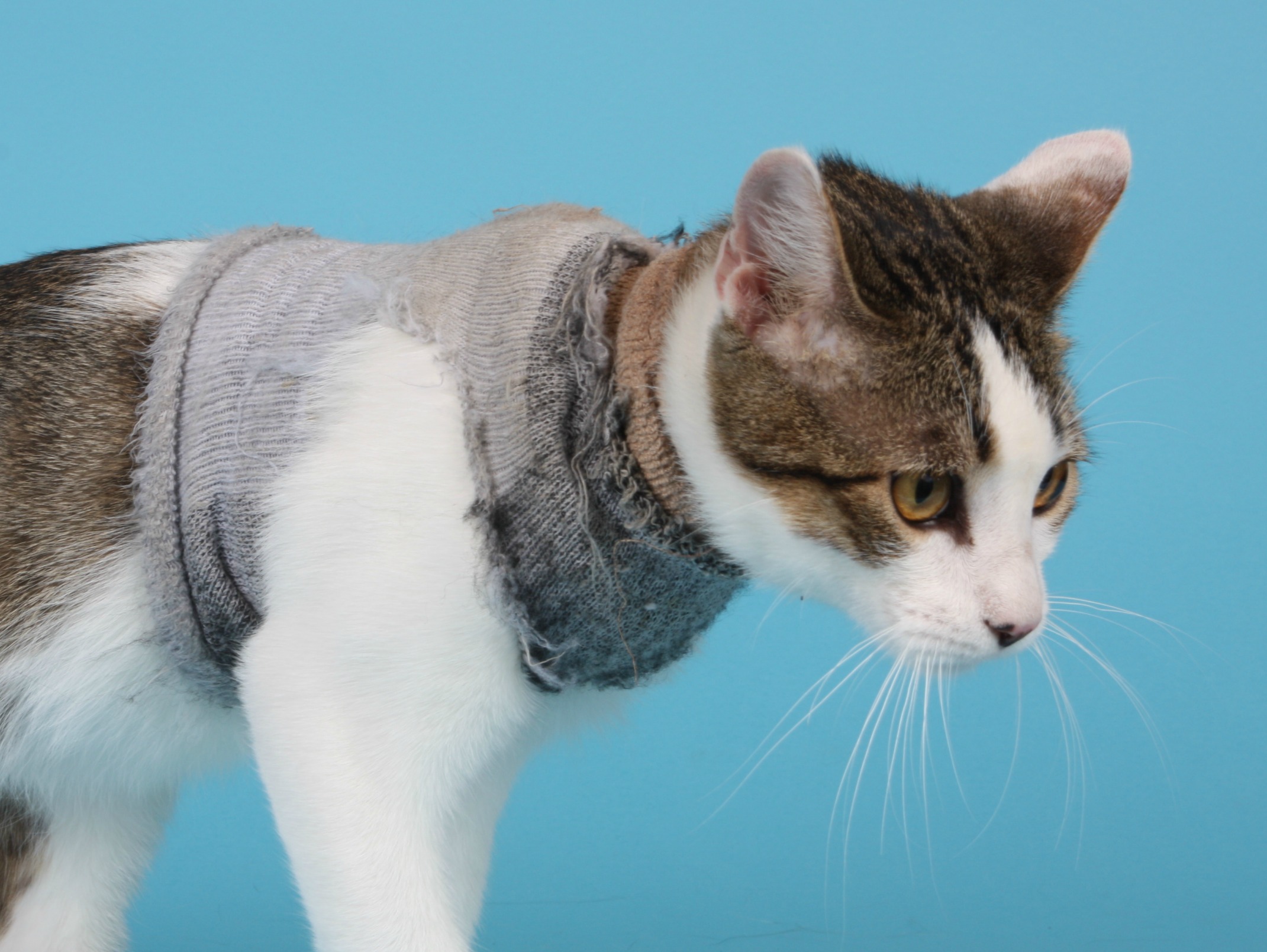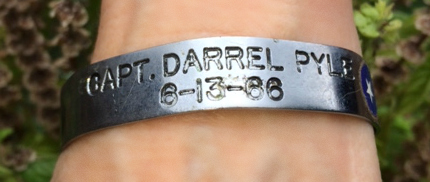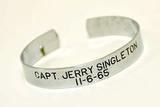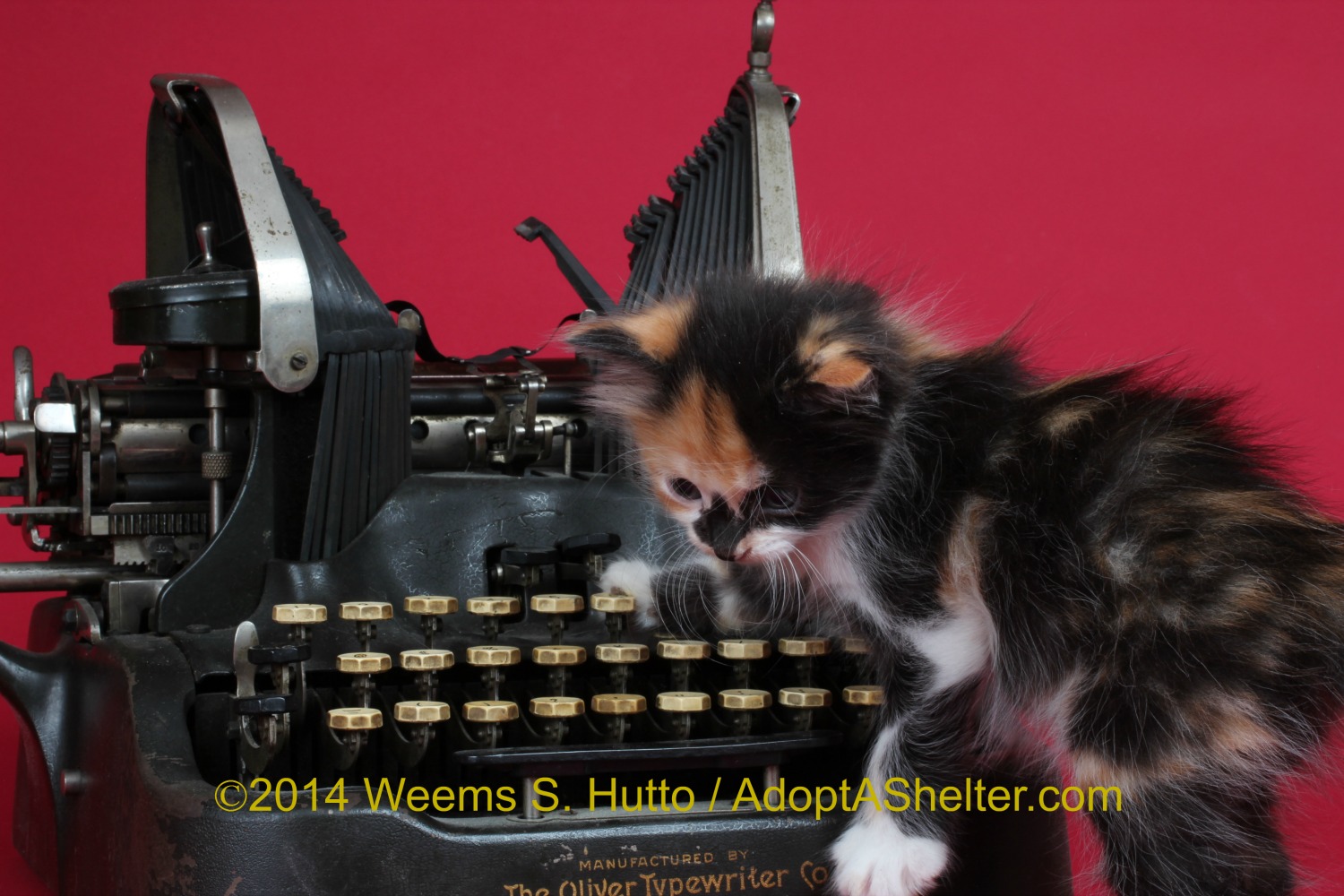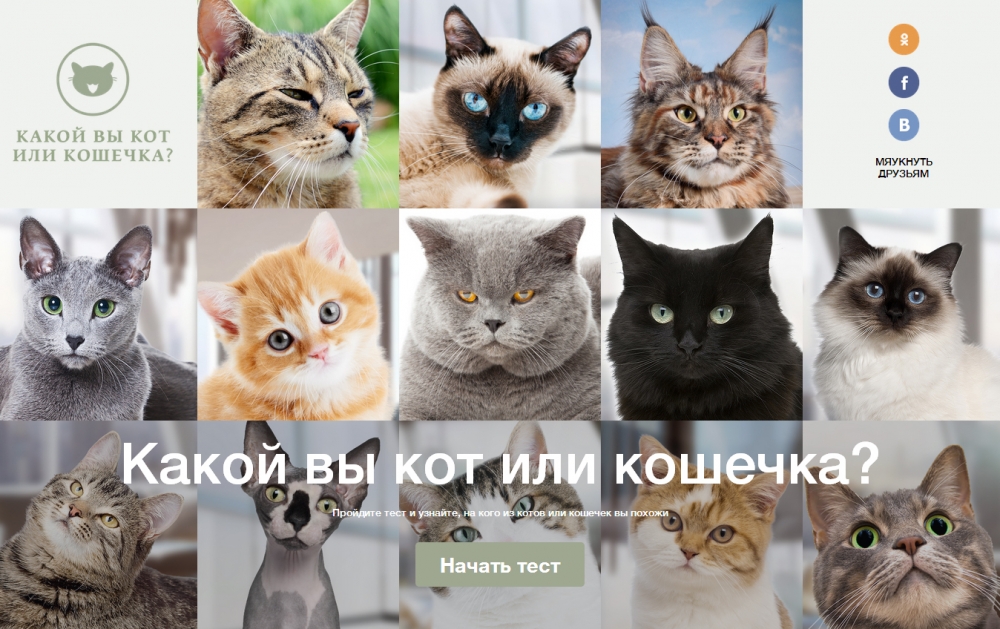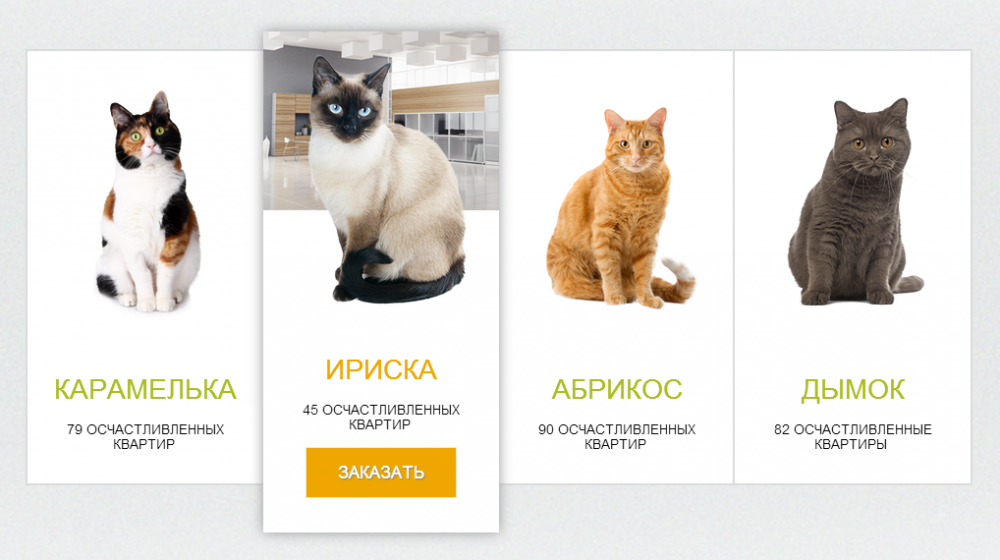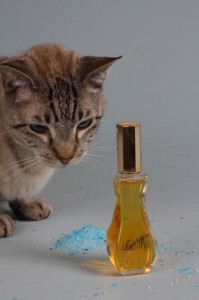It’s exciting to see the names of so many wonderful writers, producers and artists recognized. I’m product to say that many of these talented folks are my friends.
The Muse Medallion winners will be announced at the CWA Awards Banquet, the grand finale of the MeowWorld Presented by CWA/BarkWorld Conference in Atlanta October 29 through November 1. For more information about the conference and banquet go to the CWA website.
Congratulations to the Certificate winners listed below.
I.1 Monthly Magazine: National
Susan Logan, Editor, “Cat Fancy”
I.2 Magazine Article: Health & General Care
Deborah Barnes, “Don’t Delay” Cats Fancy
Helen Jablonski, “Orphan Care” Kittens 101 2015
Bernadette Kazmarski, “Tail Vaccines for Cats Could Save Lives” Pittsburgh
Ingrid King, “Feline Medicine Goes High-Tech” Cat[ Fancy
Ingrid King, “It’s In the Will” Cat Fancy
Ramona Marek, “Faint Heart” Animal Wellness
Arnold Plotnick, DVM, “Change of Heart” Cat Fancy
Dusty Rainbolt, “Cat Bathroom Basics” Ready, Set, Rescue 2014
Dusty Rainbolt, “Hunters by Nature” Cat Fancy
Genevieve Rajewski, “Itching to Know” Tufts Veterinary Medicine PetConnections
Fran Pennock Shaw, “A Glimmer of Hope” Cat Fancy
Fran Pennock Shaw, “A New Frontier in Medicine” Cat Fancy
Fran Pennock Shaw, “Raw Intelligence” Cats USA 2014
Rebecca Sweat, “Happy Tails” Cat Fancy
I.3 Magazine Article: Behavior & Training
Maryjean Ballner, “Winning the Affection of the Scaredy Cat” Pet Sitter’s WORLD
Helen Jablonski, “Solve Litterbox Issues For Good” CATS USA 2014
Jacqueline Munera, “Training for Cats in the Shelter: Part Three” The APDT Chronicle of the Dog
Jacqueline Munera, “Training for Cats in the Shelter: Part Four” The APDT Chronicle of the Dog
Jacqueline Munera, “Dogs and Declawed Cats: Extra Caution Required” The APDT Chronicle of the Dog
I.4 Magazine Article: Rescue/Advocacy
Kate Hurley, DVM and James Hettinger, “For Community Cats, A Change Is Gonna Come/Putting it
Into Practice” Animal Sheltering Magazine
Bernadette Kazmarski, “The Invisible Cat” Pittsburgh PetConnections
Cimeron Morrissey, “Pure Joy” Cat Fancy
Cimeron Morrissey, “The Quiet Living Legend” Cat Fancy
Cimeron Morrissey, “Setting the Records Straight” Cat Fancy
Cimeron Morrissey, “Up to the Challenge” Cat Fancy
Cimeron Morrissey, “the things we do for (cat) love” (all lowercase) Cat Fancy
Nancy Peterson, “The Challenges of a Rural TNR Project” Animal Sheltering
I.5 Magazine Article: Any Other Topic
Jim Baker, “Free to Good Home” Animal Sheltering
Stacy Hackett, “Around the World With 18 Breeds” CATS USA 2014
Bernadette Kazmarski, “Never Enough Time, But Enough Time to Love” Pittsburgh PetConnections
Marci Kladnik, “Kittens Gone Wild! The Feral Cat Challenge” Pet Sitter’s WORLD
Audrey Pavia, “Black Magic” Cat Fancy
Jen Reeder, “How Cats Broke the Internet” Modern Cat
Sandy Robins, “How Smart is Your Cat?” CATS USA 2014
Kim Campbell Thornton, “Protecting Jaguars” CATS USA 2014
I.6 Magazine Column
Cimeron Morrissey, “Cat Champions” Cat Fancy
Sandy Robins, “Life’s Purrfect” Cat Fancy
Nancy Peterson, “Catty Corner” Animal Sheltering
II.1 Newspaper Article: Health & General Care
Fran Pennock Shaw “Heartworm disease in cats on the rise” Intelligencer Journal-Lancaster New Era
II.2 Newspaper Article: Behavior & Training
no entries
II.3 Newspaper Article: Rescue/Advocacy
no entries
II.4 Newspaper Article: Any Other Topic
Jen Reeder “Celebrating National Pet Week With Jake the Therapy Cat” Huffington Post
II.5 Newspaper Column
Amy Shojai “P’etiquette” Herald Democrat
III.1 Newsletter: Breed Specific
Brigitte McMinn, Editor, Bengals Illustrated
Brigitte McMinn, Editor, Savannahs Illustrated
III.2 Newsletter: National Circulation
Cimeron Morrissey, Cat Tales
III.3 Newsletter: Regional or Membership Circulation Advocacy
combined with III.2
III.4 Newsletter Article: Health & General Care
Arnold Plotnick, “Blood Test to Detect Cancer” catnip
Arnold Plotnick, “Double Whammy!” catnip
Arnold Plotnick, “Cryptococcosis in Cats” catnip
Arnold Plotnick, “Hypertension in Cats” catnip
Arnold Plotnick, “Heart Disease or Not?” catnip
Arnold Plotnick, “New Advances in Treating FIP” catnip
Fran Pennock Shaw, “Pursuing a Cure for Breast Cancer” Cat Watch
Kim Campbell Thornton, “Hospice Care for Cats” catnip
Kim Campbell Thornton, “Holiday Hazards Can Tempt the Curious” Cat Watch
Kim Campbell Thornton, “A Simple Way to Check the Ears” Cat Watch
Elissa Wolfson, “The Coat Tells the Tale” Cat Watch
Elissa Wolfson, “Be on the Lookout for Nail Injuries” Cat Watch
III.5 Newsletter Article: Behavior & Training
Kim Campbell Thornton, “Fearful Cats Can Go on the Attack” Cat Watch
Kim Campbell Thornton, “Appealing to the Heart of a Hunter” Cat Watch
III.6 Newsletter Article: Rescue/Advocacy
Kim Campbell Thornton, “Kitten Nurseries Save Lives” Catnip
Nancy Marano, “Albuquerque’s Community Cat Program” Petroglyphs
III.7 Newsletter Article: Any Other Topic
Nancy Marano, “Cat Colors and Stereotypes” Petroglyphs
Lee Wardlaw, “Eight Things I’ve Learned from My Cats about Writing Haiku” Meow
III.8 Newsletter Column Topic
Lyn Garson, CVT, “Technically Speaking” OurCompanions.org
IV.1 Short Story
no winner
IV.2 Poem
Andrea Dorn, “Once a Cat” Meow
Andrea Dorn, “Lady Butterfly” Meow
Carole Nelson Douglas, “Feline Domestic” 2013 CWA Conference Program
Bernadette Kazmarski, “Once” thecreativecat.net
Linda Mohr, “Untitled Haiku” nlapw.org
IV.3 Humor
no winner
IV.4 Brochure, Pamphlet, or Short Publication
Teresa Keiger, “CFA World Show Ad” The Detroit News
IV.5 Annual or Long Publication
Bernadette Kazmarski, 12 Sketches of Cats
Susan Logan, Editor, Kittens 101 2015
Brigitte McMinn, Editor, Ragdoll Illustrated Calendar
IV.6 Opinion Piece, Essay, or Editorial
Deborah Barnes, “The Many Shades of a Crazy Cat Lady” Zee & Zoey’s Chronicle Connection
Janiss Garza, “Cats Do Not Equal Children” CatChannel
Janiss Garza, “Soul Cat” CatChannel
JaneA Kelley, “I Think Mandatory Spay/Neuter Laws Do More Harm Than Good” catster.com
JaneA Kelley, “9 Reasons I’m Adopting Special-Needs Cats from Now On” catster.com
Dusty Rainbolt, “When is it Time to Say Goodbye to Your Cat?” catster.com
Amy Shojai, “Cats Under Attack! TNR, TB, Toxo and Talkback” AmyShojai.com
IV.7 PR / Humane Education / Press Kits
combined with VI.1
V.1 Books: Fiction
Catherine Holm, The Great Purr
Belea T. Keeney, The Tiger Whisperer
Amy Shojai, Hide and Seek
Clea Simon, Panthers Play for Keeps
Linda Stewart, The Great Catsby
V.2 Books: For Children
no winner
V.3 Books: Health & General Care
no entries
V.4 Books: Behavior & Training
no entries
V.5 Books: Gift
Angie Bailey, whiskerslist (all lowercase)
Bernadette Kazmarski, feline style sampler (all lowercase)
V.6 Books: Poetry
no entries
V.7 Books: Other
Bryan Kortis, Community TNR , Tactics and Tools for PetSmart Charities
VI.1 Video, DVD or TV Production
Alana Grelyak, “CHATastrophe” catcatastrophes.com
VI.2 Broadcast, Audio – Any Format Advocacy
no winners
VII.1 Online Magazine or Newsletter
Vicky Walker, Editor, Catster
VII.2 Online Article: Health & General Care
Lorie Huston, “Seven Common Pet Parasite Myths Busted” pet-health-care-gazette.com
Ingrid King, “The Feline Health Care Crisis” The Conscious Cat
Letrisa Miller, DVM, “Senior Cat Dental Health” catwisdom101.com
Letrisa Miller, DVM, “Squeaky’s Long Fall” catwisdom101.com
Dusty Rainbolt, “The Feline Quality of Life Scale” catster.com
Sandy Robins, “How to Form a Lifelong Bond with Your Cat” pawnation.com
Sandy Robins, “What You Need to Know to Keep Your Cat Healthy” momtastic.com
Sandy Robins, “Summer Cat Concerns” on pawnation.com
VII.3 Online Article: Behavior & Training
Marilyn Krieger, “What Do You Do When Your Cat Shows Signs of Senility?” catster.com
Marilyn Krieger, “Why do Cats Purr? Some of the Reasons Might Surprise You” catster.com
Marilyn Krieger, “How to Stop Litterbox Problems Before They Begin” catster.com
Marilyn Krieger, “I’m Willing to Bet Your Cat Hates Her Litter Box – Here’s Why” catster.com
Nancy Peterson, “It’s National Answer Your Cat’s Questions Day” catster.com
Amy Shojai, “Why Cats Hate Halloween Costumes and How to Get Your Cat to Tolerate One”
catster.com
VII.4 Online Article: Rescue/Advocacy
Deborah Barnes, “World Spay Day: Setting the Record Straight—The Basic Facts on Cats,
Conception, and the Benefits of Spay/Neuter” Zee & Zoey’s Chronicle Connection
Janiss Garza, “10 Signs of Cat Hoarding” CatChannel
Joanne McGonagle, “Love At First Sight” Rescue Me I-5
Dusty Rainbolt, “9 Reasons Why Yours Should Become a Cat Foster Family” catster.com
Sandy Robins, “We Chat With Beth Stern About Her Life as a Foster Cat Mom” catster.com
Sandy Robins, “Meet the Stray Cats Who Live in Nelson Mandela’s Former Jail” catster.com
VII.5 Online Article: Any Other Topic
Janiss Garza, “Top-Secret Tips to Get Your Cats to Pose for Your Camera” catster.com com
Janiss Garza, “5 Totally Legal Ways to Get Your Cat Stoned” catster.com
Elyse Orecchio, “Cats, Kids, Reading = Enrichment, Adoptions, Compassion” aspcapro.org
Paris Permenter, “Zeki the Pet Safety Cat: From Rescued to Rescuer” Pet360.com
Dusty Rainbolt, “The History of Cat Litter and Litter Boxes” CatWisdom101.com
VII.6 Online Column
Dr. Marty Becker, Kim Campbell Thornton & Mikkel Becker “Pet Connection” uexpress.com
Keith Bowers, “Cat Dandy” catster.com
Dusty Rainbolt, “Ask Einstein” catster.com
VIII.1 – Blog: Health & General Care (URL plus 3 blog posts)
no entries
VIII.2 – Blog: Behavior & Training (URL plus 3 blog posts)
no entries
VIII.3 – Blog: Rescue/Advocacy (URL plus 3 blog posts) Advocacy
combined with VIII.5
VIII.4 – Blog: Entertainment (URL plus 3 blog posts)
Lisa Richman, “A Tonk’s Tail Blog”
VIII.5 – Blog: Any Other Topic (URL plus 3 blog posts)
Janiss Garza, Sparkle the Designer Cat
Alana Grelyak, The Cat in the Fridge
Amy Shojai, Bling, Bitches & Blood
Dr. Emily Weiss, ASPCApro Blog
Layla Morgan Wilde, Cat Wisdom
VIII.6 Website
no entries
IX.1 Black & White Photograph (Single)
Debbie Glovatsky, “I’m Innocent”
IX.2 Black & White Photography (Series)
Debbie Glovatsky, “As Moody as B & W”
IX.3 Color Photograph (Single)
Bernadette Kazmarski, “Frankencat and Old Grand Dad”
IX.4 Color Photograph (Series)
Jerry Thornton, “Protecting the Jaguars”
IX.5 Photographic Art
Janiss Garza, “Tortie”
Lisa Richman, “Monday Mathematics”
IX.6 Cartoon
Bernadette Kazmarski, “Purring Points”
Bernadette Kazmarski, “Saturday Morning”
Stephanie Piro, “Favorites”
Stephanie Piro, “Litter Boxes”
Stephanie Piro, “Peace on Earth”
Stephanie Piro, “Rainbow Bridge”
Stephanie Piro, “House Cat”
Stephanie Piro, “Endorsements ”
IX.7 Illustration (Single)
Bernadette Kazmarski, “The TNR Story”
Dawn Secord, “Mr. Knuckles”
Cori Solomon, “Kissin’ Cousins”
Cori Solomon, “Milly”
IX.8 Illustration (Series) Website
no winner
 Friends, Cat Lovers, Countrymen,
Friends, Cat Lovers, Countrymen,